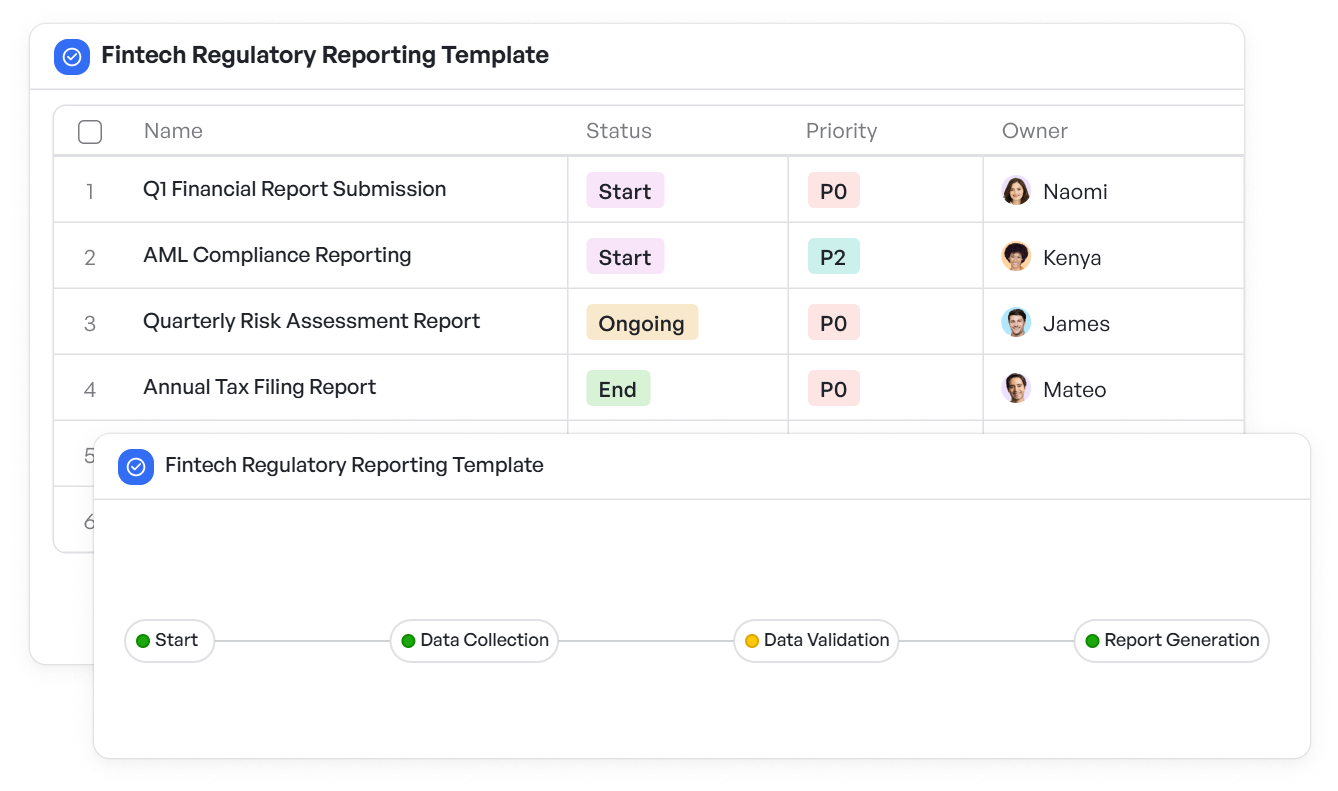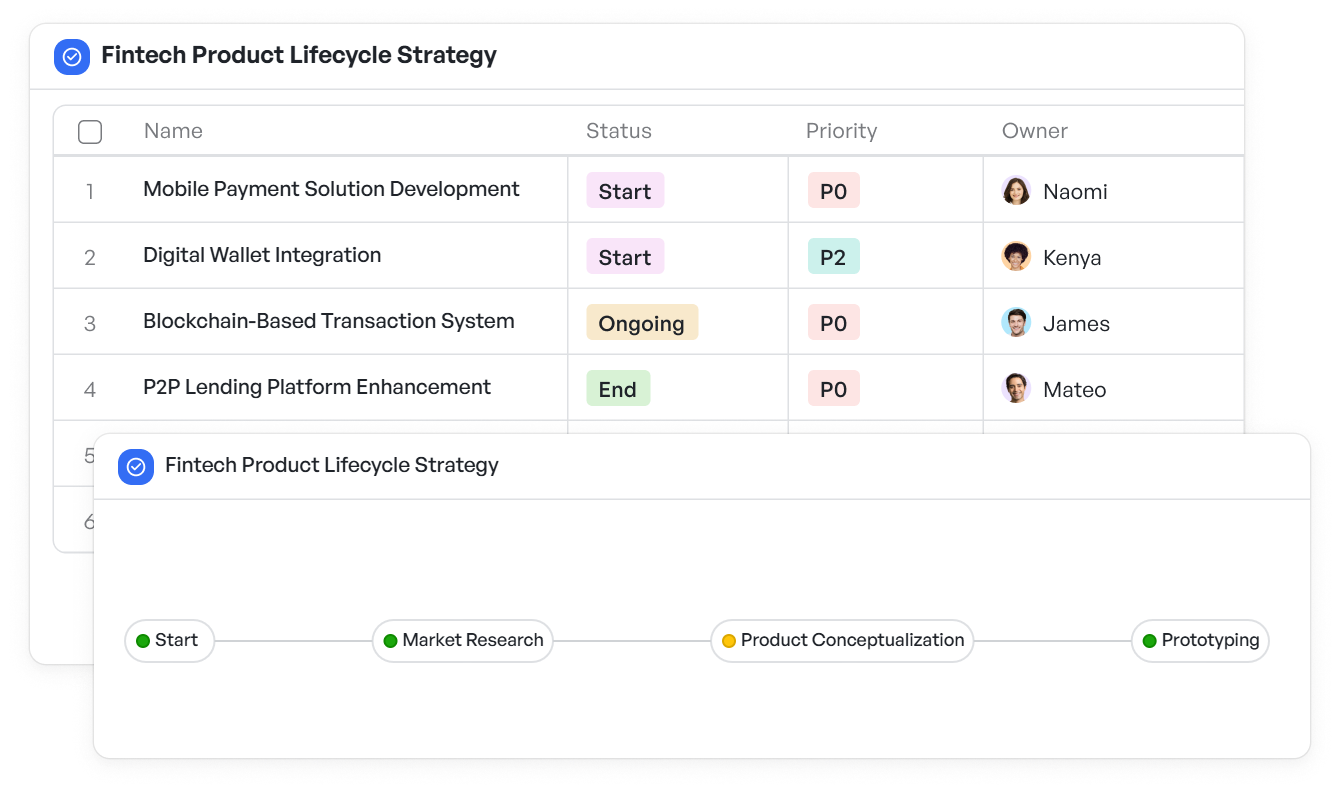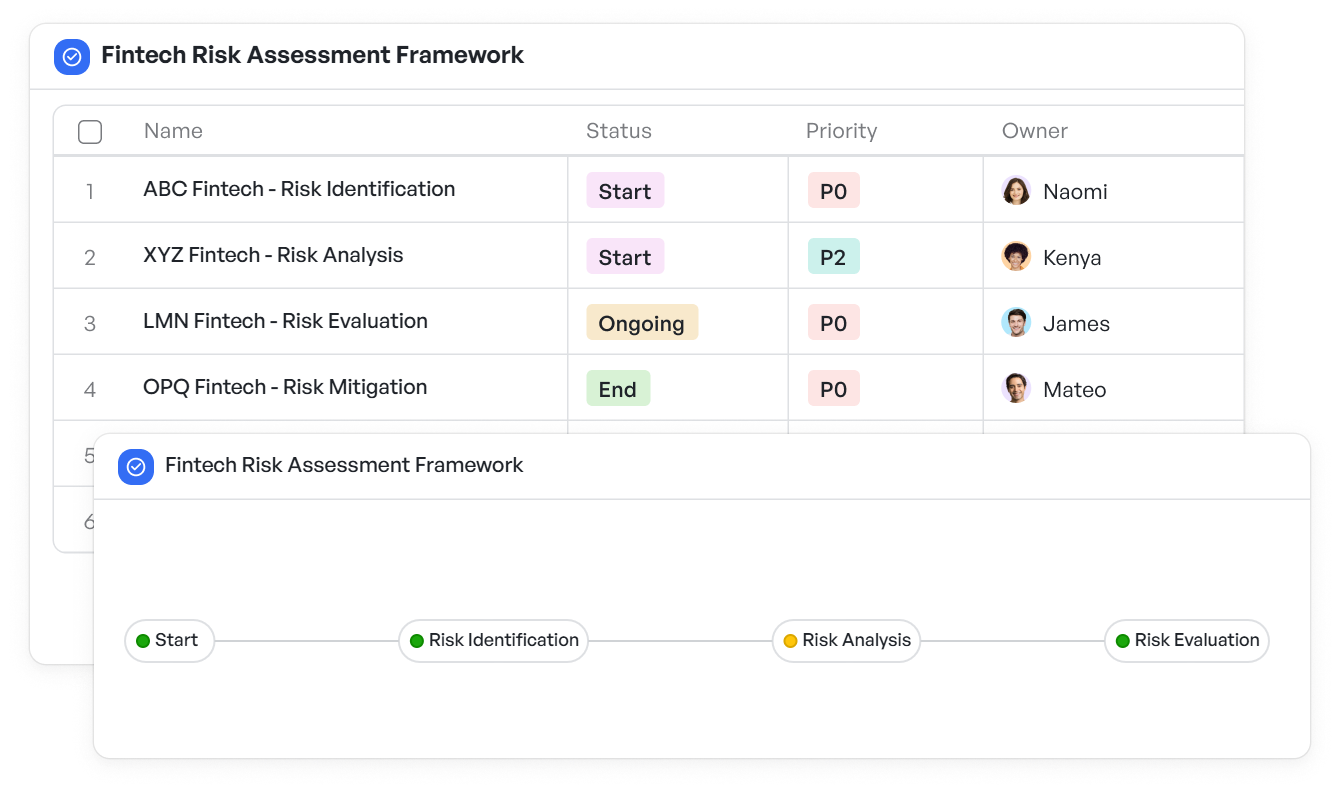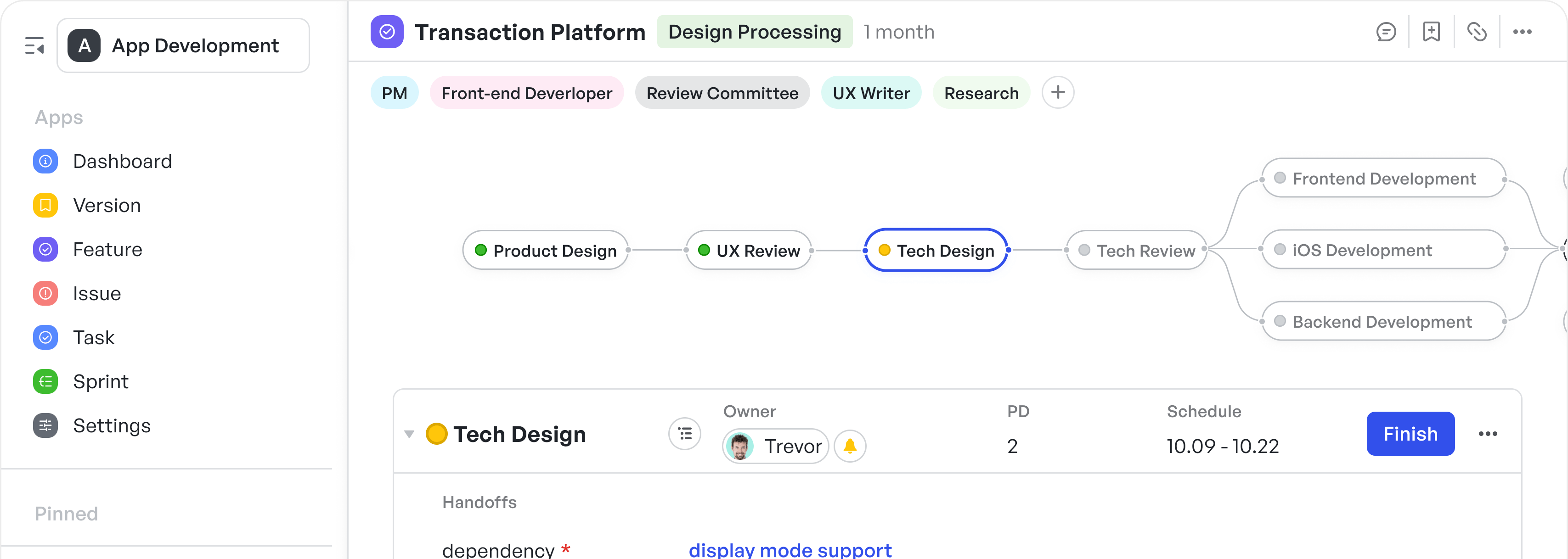How to Implement Test-Driven Development in Finance: Enhance Finance Project Efficiency

In the finance industry, where precision, efficiency, and compliance are paramount, project management tools that enable quick adaptation and deliver accurate results are essential.
Test-driven development (TDD) has emerged as a valuable technique in the software development process, and its applications in finance are both profound and practical. By focusing on testing before coding, test-driven development ensures that the code developed is of high quality, reducing defects and improving overall system reliability.
For finance teams, this development approach offers a method to ensure that complex systems—ranging from payment gateways to risk management tools—function as expected from the outset.
Whether your organization is developing new financial software or optimizing an existing system, test-driven development can provide a structured way to boost project outcomes.
This article will explore how test-driven development applies to finance projects, highlighting its benefits, challenges, and best practices.
Understanding Test-Driven Development in Finance
Test-driven development is a development methodology where tests are written before the code itself. This approach differs from traditional development, where testing typically happens after the coding phase.
By focusing on writing tests first, developers ensure that every feature is verified against its requirements before it is fully implemented.
In the context of finance, test-driven development ensures that every feature of a financial system is thoroughly tested before it goes live, errors are debugged, and compliance with regulations is ensured, thereby improving data accuracy.
Financial institutions, fintech companies, and enterprise organizations benefit from the increased control and predictability that test-driven development offers, especially when working on projects with complex workflows, multiple integrations, and high stakes.
5 Key Benefits of Test-Driven Development in Finance Projects
Test-driven development not only improves accuracy and speeds up development but also strengthens compliance and security, ensuring financial systems meet regulatory requirements from the start.
1. Increased Accuracy and Reliability
Financial systems are expected to handle critical data with absolute accuracy. Test-driven development, by enforcing continuous testing, guarantees that every change made to the system is validated against predefined requirements.
This leads to fewer bugs, reduced downtime, and more reliable software in production, ensuring that financial transactions and operations proceed smoothly without disruption.
2. Faster Development Cycle
While test-driven development may seem time-consuming at first, it speeds up overall project execution by catching issues early, reducing the need for extensive debugging later in the project. By writing tests before the code, developers can catch issues early, reducing the need for extensive debugging later in the project.
As a result, financial institutions can release software updates more quickly and avoid delays in product launches, which is especially important in a fast-paced, competitive industry.
3. Improved Compliance and Security
Finance is one of the most regulated industries in the world. Compliance with legal standards, data protection regulations, and security requirements is non-negotiable.
Test-driven development helps teams ensure that their financial systems adhere to these regulations from the start, as every function is tested with compliance in mind.
The rigorous testing involved in test-driven development can also prevent security flaws from slipping through the cracks, ensuring that systems are secure from day one.
Since compliance is a key aspect of financial systems, leveraging a fintech regulatory reporting template can help streamline reporting and ensure that all functions are tested for regulatory adherence right from the start.
 Fintech regulatory reporting template is designed to ensure accurate reporting for financial systems
Fintech regulatory reporting template is designed to ensure accurate reporting for financial systems4. Better Collaboration Across Teams
Test-driven development fosters collaboration between developers, product managers, and quality assurance (QA) teams. In finance projects, where teams often work on complex, cross-functional systems, this collaboration ensures that all parties are aligned in terms of feature specifications, expectations, and outcomes.
The transparency that test-driven development offers throughout the development process ensures that everyone is on the same page and that no critical details are overlooked.
5. Long-Term Cost Savings
Although test-driven development might seem like an additional upfront investment in terms of time, it actually reduces long-term costs by preventing expensive errors that could lead to system failures or compliance issues down the line.
The cost of fixing defects after the system is live is significantly higher, especially in the finance sector where the stakes are high. By catching bugs early, test-driven development minimizes the potential for costly mistakes and rework.
Best Practices to Implement Test-Driven Development in Finance Projects
To successfully implement test-driven development in finance projects, it’s essential to follow certain best practices. They can be given in 5 main points as stated below:
1. Start with Clear Requirements
Before writing any tests, ensure that you have a clear understanding of the project requirements. In finance, this includes defining all compliance needs, data handling procedures, and the expected behavior of the system.
Having detailed requirements upfront will make it easier to write tests that truly reflect the desired functionality and will provide a clear baseline for the development process.
2. Create Testable Units
Break down the system into smaller, manageable components that can be easily tested. For financial projects, this may mean focusing on specific modules such as accounting, consulting, payment processing, or reporting.
By creating modular components, you can test each unit independently, ensuring that each part of the system is working as intended before integrating them into the broader system.
3. Write Small, Incremental Tests
In test-driven development, it’s crucial to write small, incremental tests that validate specific pieces of functionality. In finance projects, this could involve testing calculations, reporting functions, or user interactions within financial tools.
Start small and build tests that verify each piece of functionality before moving on to the next. This step-by-step approach ensures that you don’t miss any critical issues.
4. Automate Your Tests
Automating tests in the context of test-driven development is essential for streamlining the process. It helps developers catch errors early, and through continuous debugging, it minimizes the chances of issues arising in financial systems after deployment.
5. Integrate Test-Driven Development with CI/CD Pipelines
For financial institutions that have ongoing, fast-paced development cycles, integrating test-driven development with Continuous Integration and Continuous Deployment (CI/CD) no no-code pipelines are essential.
CI/CD tools help automate the process of running tests on every code change, allowing teams to continuously monitor code quality and ensure that no defects are introduced into the system.
A fintech project lifecycle management template can provide a structured approach to managing each stage of your project, ensuring that the test-driven development process aligns with your overall strategy and project milestones.
 Fintech project lifecycle management template is ideal for boosting team productivity
Fintech project lifecycle management template is ideal for boosting team productivityTop 3 Challenges of Test-Driven Development in Finance
Although there are many benefits to implementing test-driven development in our financial projects, there are also specific challenges.
1. Initial Learning Curve
Implementing test-driven development in finance projects can be challenging, especially for teams that are new to this methodology. The process requires a shift in mindset, where testing is integrated into the development process from the outset, rather than as an afterthought.
This initial learning curve can slow down the planning of the first few sprints but will result in long-term benefits as the team becomes more comfortable with the practice.
2. Complexity of Financial Systems
Financial systems often involve complex visual workflows, multiple integrations, and a large number of variables. Writing tests for these systems can be time-consuming and difficult, as the tests need to account for various edge cases and regulatory requirements.
While test-driven development helps mitigate this complexity, it requires a dedicated effort from all team members to ensure that the tests are comprehensive and accurate.
This process contrasts with traditional approaches like the Waterfall methodology, where testing typically happens after development is complete. In contrast, test-driven development’s continuous testing approach helps address these complexities by catching issues in the process, ensuring more reliable and robust systems.
3. Balancing Speed and Thoroughness
In finance, where deadlines and speed-to-market are often critical, balancing the speed of development with the thoroughness of testing can be a challenge. Teams may be tempted to skip tests in order to meet deadlines, but doing so undermines the value of test-driven development. It’s important to maintain a disciplined approach to writing tests, even when there’s pressure to deliver quickly.
As financial systems often involve complex workflows and multiple integrations, a fintech risk assessment framework can help identify potential risks early in the development process, which test-driven development aims to mitigate by catching issues early.
 Fintech risk assessment framework is designed to identify and mitigate risks in financial systems
Fintech risk assessment framework is designed to identify and mitigate risks in financial systemsUnlock Efficiency and Accuracy with Test-Driven Development in Finance
Test-driven development is a powerful tool for improving the quality, accuracy, and security of finance projects. By embedding testing into the development process from the start, financial institutions can ensure that their systems meet the highest standards of functionality, compliance, and security.
While the initial learning curve and time investment may seem daunting, the long-term benefits—reduced defects, faster development cycles, and improved collaboration—far outweigh the challenges.
Accelerate test-driven delivery with visual workflows your finance teams will love—try Meegle today.
The world’s #1 visualized project management tool
Powered by the next gen visual workflow engineRead More
Check All BlogsStart creating impactful work today



